Spider plants have several exciting features, ranging from beautiful foliage and attractive indoor appearance to easy maintenance. It is undoubtedly one of the plants we recommend for beginners.
These inspiring features have led many into searching for plants similar to spider plants to add to their collections while also giving you a similar indoor feel as spider plants.
Therefore, we have highlighted some of the most common plants identical to spider plants, including Carex, Dracaena, Pandanus, air plants, snake plants, etc.
Let’s read on to find out some plants similar to spider plants.
Table of Contents
Plants Similar To Spider Plants
As we earlier mentioned, several houseplants look like spider plants with almost the same features and care tips.
Like spider plants, these plants provide the best tropical yet cozy attractiveness as well as make room compact to make them pleasurable and welcoming. There are so many of them on offer, but the most common ones include;
1. Carex – Japanese Sedge Plant
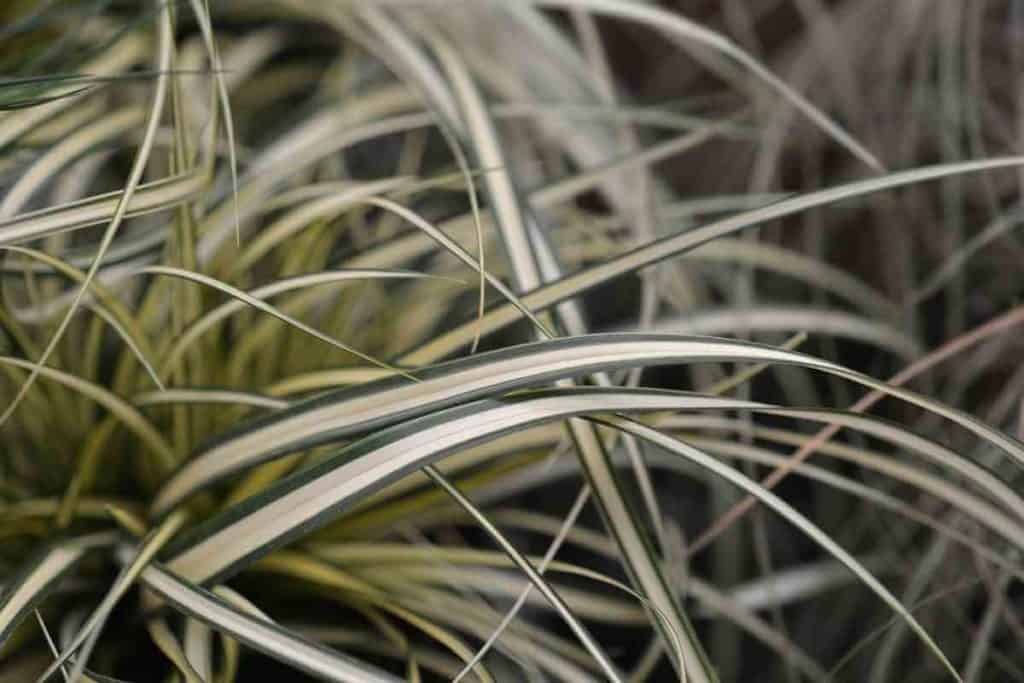
All members of the genus Carex are perennials and endogenous herbs often growing in dense tufts in marshy places.
They feature triangular disjointed stems, spiked inflorescence, and long grass-like leaves that are primarily rough on the edge and midrib. There are about 100 species of genus Carex, one of which is the Japanese sedge plant.
Most of the Carex species are similar to spider plants. To be precise, it is one of the major plants on the list of spider plants look-alikes.
The carex has variegated leaves almost similar to the spider plant even though they are a bit compact. It is a lot easier to find them in online shops than you would in local nurseries.
Just like the spider plant, the carex is easy to care for or maintain, as it is a concrete plant, which needs average temperature, moderate watering, moderate to high humidity level, and thrives in both semi-sheltered and sunny areas.
The plant can be cultivated both as a houseplant and outdoor plant.
2. Dracaena
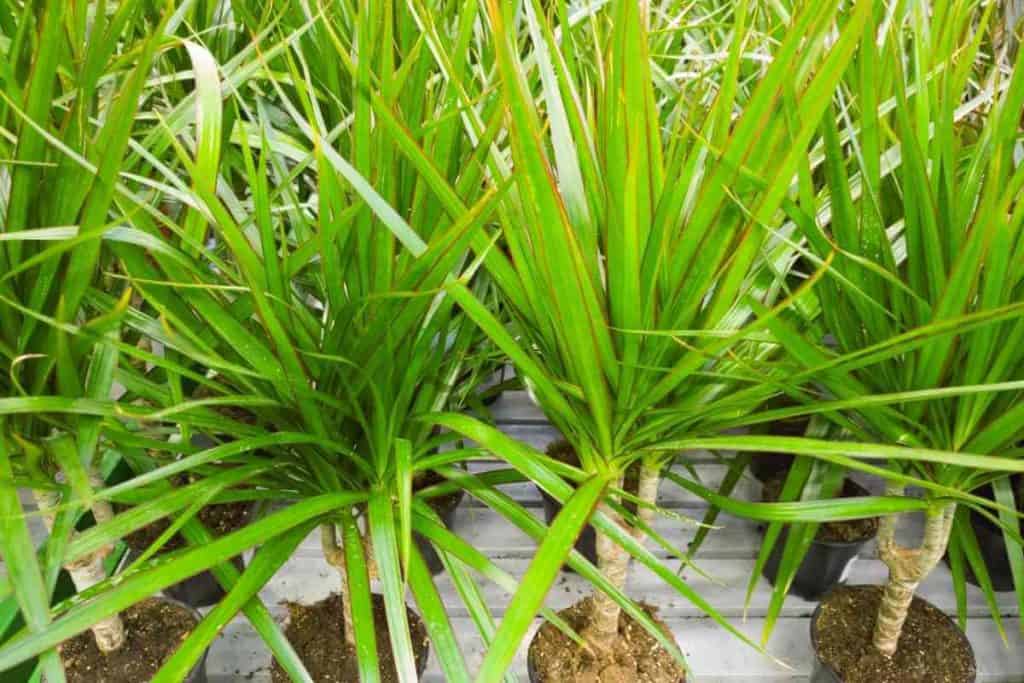
The dracaena is a liliaceous plant that features woody stems and funnel-shaped flowers. Most plants under the dracaena species feature foliage that looks like those of spider plants. Not just the foliage, they both have quite identical color and color styles.
For instance, both have similar color leaves featuring identical green and white patterns, with the only difference coming in the form of leave width.
In other words, the only difference between both is that the dracaena grows taller and possesses wider leaves than that of the spider plants.
Again, like spider plants, dracaena is not grass-like and tends to grow taller with a woody stem, though its height can be controlled.
The dracaena thrives under bright indirect sunlight and average temperatures. It requires well-drained soil to enable the roots to stretch out in search of water, thereby producing a firm and healthy root system.
3. Pandanus Plant
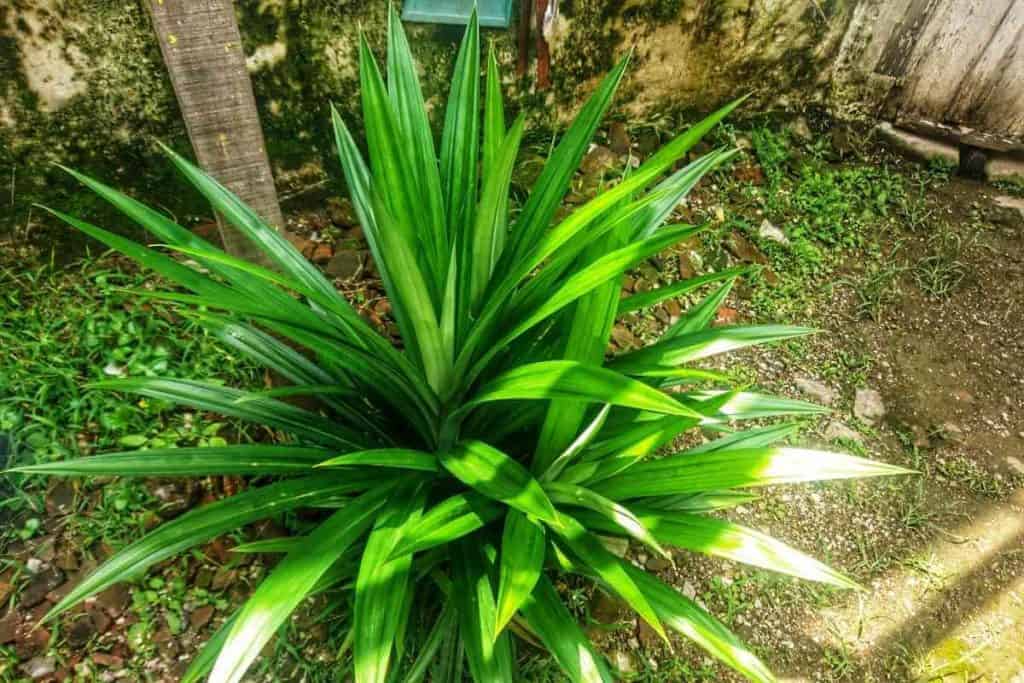
Commonly known as the screw pine, the pandanus plant is another similar-looking plant to the spider plant. Botanically called Pandanus Utilis, the pandanus possesses identical leaves to that of the spider plant.
However, it tends to grow very big compared to that of the spider plant.
Again, the leaves of this variety are helically formed and, like that of the spider plant, possess touches of green and white.
It has a growth rate that looks like that of the pineapple plant. This plant is not only easy to maintain but also easy to find in any local nursery, and with proper care routine as spider plant will give you the best.
4. Ornamental Grasses
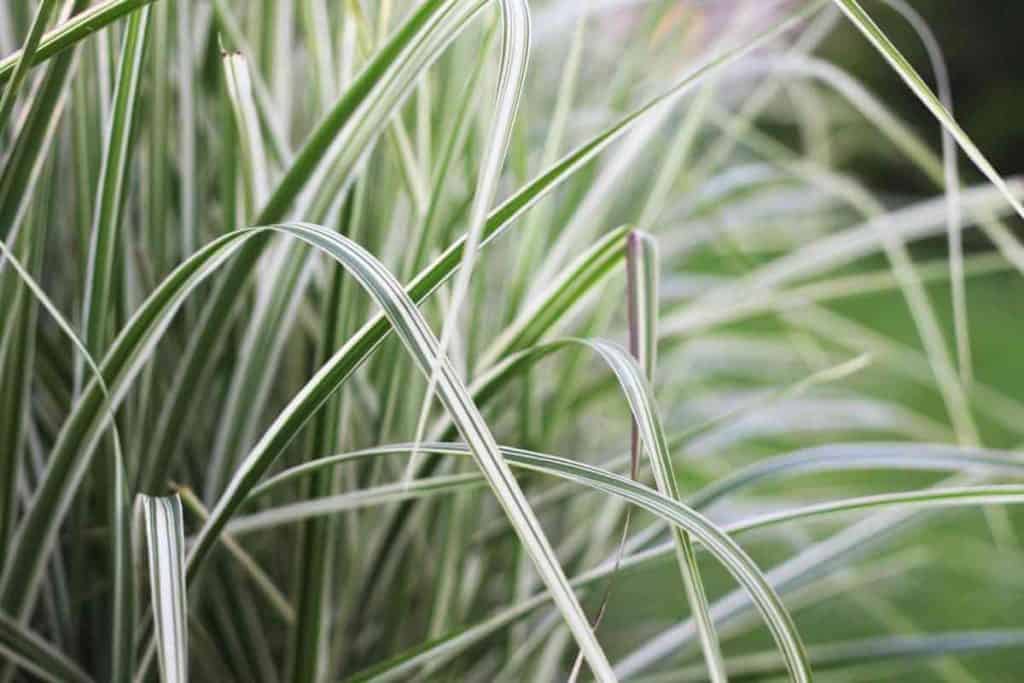
They are called ornamental grasses because of the decorative feel they give to any home. They are among the most common plants that are similar to spider plants and are available in any home or garden store.
In other words, they are easy to locate, unlike some other spider plant look-alikes.
Ornamental grasses are notable for their variety of beautiful colors, shapes, and sizes. They are easy to maintain and low-maintenance.
They require much water, tolerate small amounts, and even stay very small. This plant generally needs a dormancy period each year and also requires well-drained soil and other proper maintenance guides.
5. Bromeliads
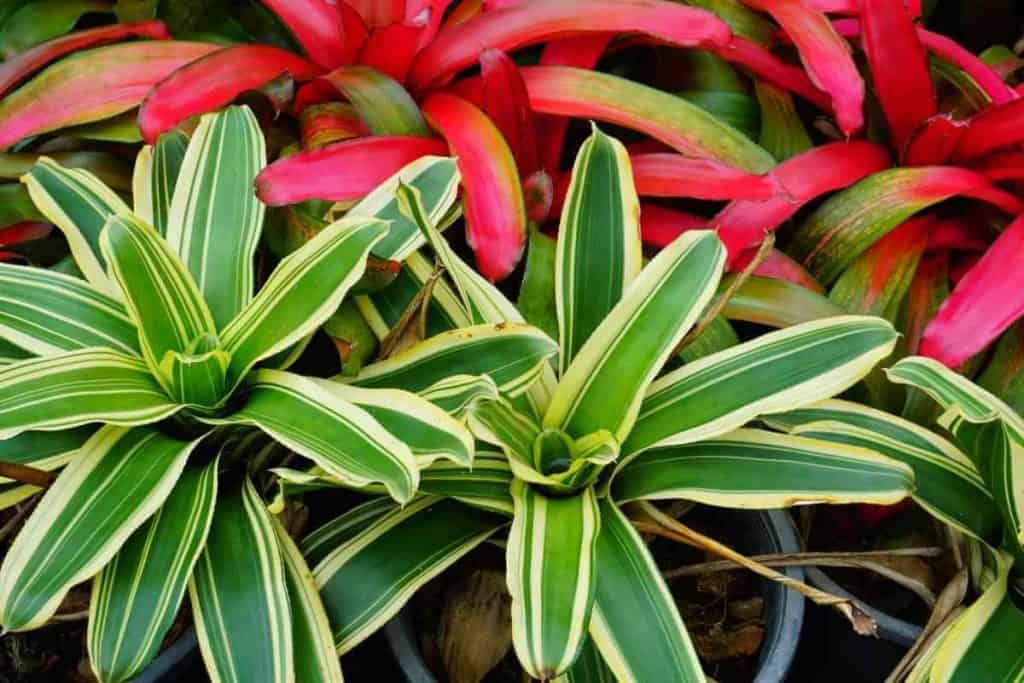
Even though the appearance of the bromeliad is not very unusual or delicate as the standard spider plant, it has an almost identical appeal and attractiveness as the latter.
Bromeliads are made up of drooping, spiky leaves that hover around their base as bright and vivid appearances break out over the cluster top.
This plant is seen in almost every environment but is significantly used to complement several plants that have identical structures.
Bromeliads don’t necessarily require watering via soil but in their self-grown pitchers, which are at the center of the plant top. It requires moderate watering, and the soil is dry in between watering.
6. Air Plants
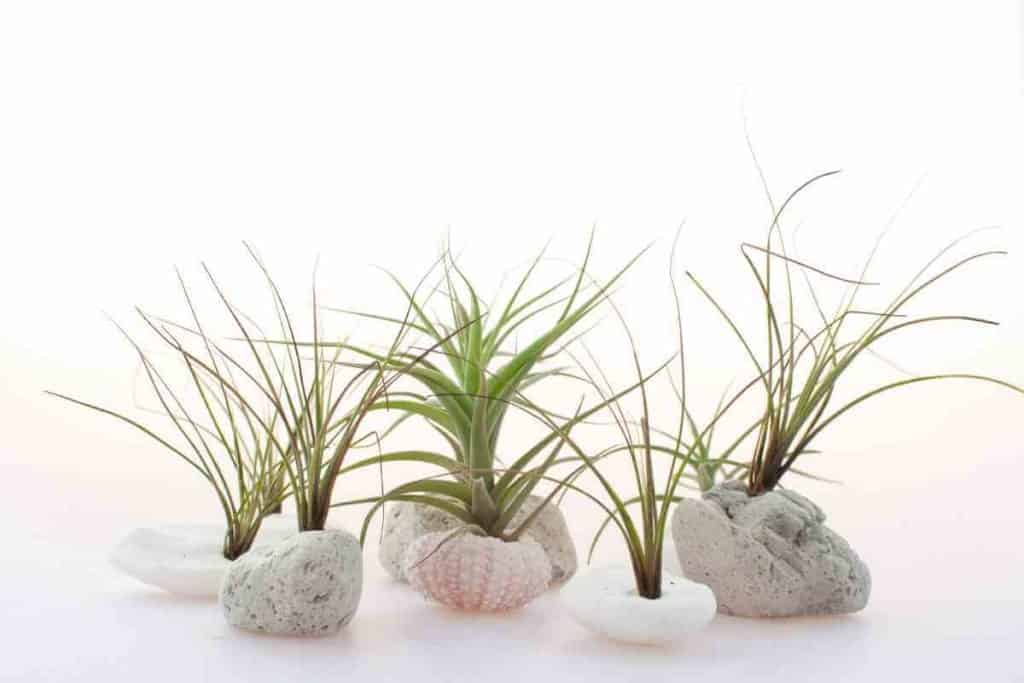
Another plant similar to spider plants is air plants. Air plants feature similar spiky and lush appeal as the spider plants and also, like the latter, are easy to maintain.
However, they can be propagated to provide more baby air plant species. It develops pups that grow close to the base of the parent plant, which can be pruned when they are ⅓ of the mother plant’s size.
If you find it difficult to keep air plants alive and healthy, it means you must’ve forgotten its adequate water routine.
These species need sufficient water, and make sure you mist them every day until they become very moist, then you can give them time to dry out. Rinse them and repeat the trick every day.
7. Snake Plants
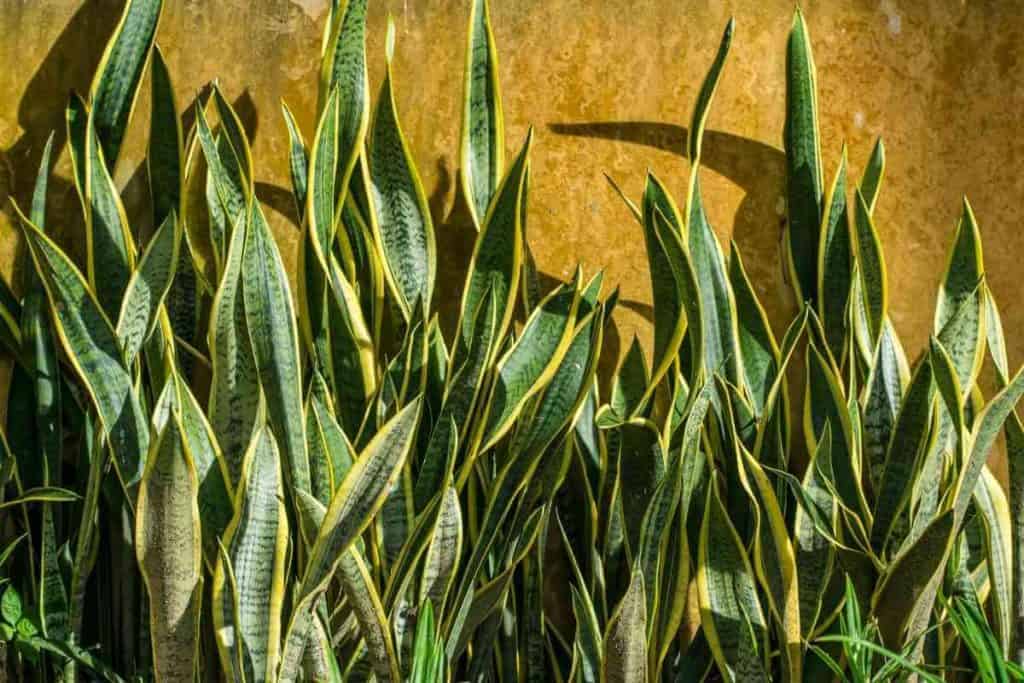
Snake plants offer easier and stress-free options to spider plants because they are more realistic options for providing the same aesthetic to spider plants.
Like spider plants, they feature amazing and spiky edges that develop from the base of the plant. You may be too busy to forget to care for your plant, yet, it will not be affected by your lack of attention.
Snake plants come in different colors, sizes, and shapes and need little watering, filtered lighting conditions, and little nutrition. It is a slow grower but produces rapidly and randomly.
In other words, they divide as much as they grow, as long as you give them the best lighting condition and avoid overwatering.
Related Posts:
- Should I Cut The Babies Off My Spider Plant?
- How To Save a Dying Spider Plant
- Is Spider Plant Safe For Cats
- Plants That Don’t Like Mushroom Compost
- Plants With Red Stems




